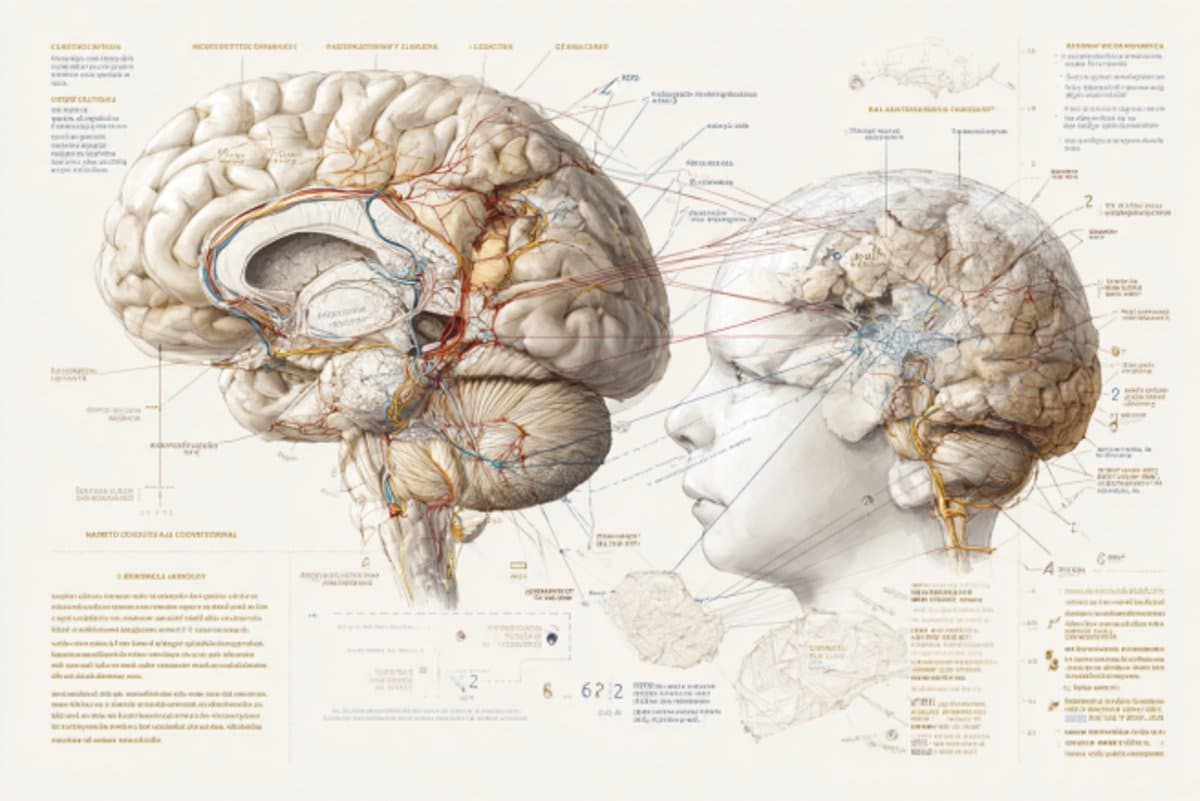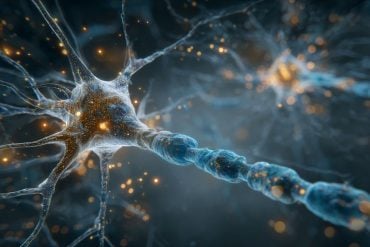Summary: A new study shows that the networks responsible for processing pain in infants develop gradually, with emotional and cognitive pain responses maturing only after birth. Researchers scanned the brains of 372 infants, primarily born prematurely, to track how three brain subsystems related to pain perception matured over time.
While babies can sense pain around 34–36 weeks after conception, their emotional and interpretive understanding of pain takes longer to emerge. These findings may explain why preterm babies respond differently to repeated painful stimuli and highlight the importance of specialized pain management in neonatal care.
Key Facts:
- Sequential Maturation: Sensory pain responses mature around 34–36 weeks, emotional around 36–38 weeks, and cognitive after 42 weeks.
- Incomplete Understanding: Full-term infants still lack the brain maturity for cognitive evaluation of pain.
- Clinical Implication: Preterm babies may need tailored pain management due to underdeveloped pain-processing networks.
Source: UCL
Brain networks responsible for sensing, understanding, and responding emotionally to pain develop at different rates in infants, with the conscious understanding of pain not fully developed until after birth, finds a new study led by UCL (University College London) researchers.
The authors of the study, published in the journal Pain, investigated how different types of pain processing develop very early on, by scanning the brains of infants born prematurely.

Lead author Professor Lorenzo Fabrizi (UCL Neuroscience, Physiology & Pharmacology) said: “Pain is a complex experience with physical, emotional, and cognitive elements. In adults, pain processing relies on a functional network of brain regions called the ‘pain connectome’, with different regions working together to help us experience pain, each part responsible for different aspects of it.
“In newborn babies, this network is underdeveloped, which could mean that pain experience in newborns is totally different from the way we, as adults, understand it.”
The scientists, based at UCL, UCLH and King’s College London, were looking at three different components of pain processing: sensory-discriminative (identifying and localising the intensity and quality of pain), affective-motivational (resulting in the emotional response to pain), and cognitive-evaluative (the appraisal and interpretation of pain).
Using advanced brain imaging data from two of the largest available databases of brain magnetic resonance imaging (MRI) in the world – the Developing Human Connectome Project and the Human Connectome Project – the researchers mapped how these networks grow in a group of 372 infants, mostly born preterm, from less than 32 weeks up to 42 weeks after conception.
The infants were all less than two weeks old when the scans took place, to ensure that the findings reflected the intrinsic brain maturation, without being affected by different experiences post-birth.
The researchers compared these findings to brain data from adults, as the mature pain-processing networks have previously been mapped out in other studies. The researchers analysed how much the brain networks known to be responsible for processing pain were functionally connected in infants at different ages.
The scientists found that the first subnetwork to reach adult levels in strength and connectivity is the sensory-discriminative network, at around 34-36 weeks after conception, so that babies can sense pain but are not yet fully capable of responding emotionally or interpreting the pain.
Before this point, infants may have difficulty identifying what part of their body is experiencing pain. At around 36-38 weeks, the affective-motivational subnetwork reaches maturity, so that infants can identify pain as unpleasant and threatening.
The cognitive-evaluative subnetwork does not reach maturity until more than 42 weeks after conception, meaning that babies born at full term have still not fully developed the brain networks required to understand pain.
The research team had previously found in a 2023 study that preterm babies do not habituate to repeated pain experiences in medically necessary procedures (that is, their reaction to repeated pain does not reduce over time). The new finding that preterm babies have not fully developed the brain connections responsible for appraising pain may help to explain this.
Professor Fabrizi said: “Our results suggest that preterm babies may be particularly vulnerable to painful medical procedures during critical stages of brain development. The findings therefore emphasise the importance of informed paediatric care, including the role of tailored pain management and carefully planned timing of medical interventions for newborns, particularly those born preterm.”
Funding: The study was funded by the Medical Research Council.
About this pain and neurodevelopment research news
Author: Chris Lane
Source: UCL
Contact: Chris Lane – UCL
Image: The image is credited to Neuroscience News
Original Research: Open access.
“Differential maturation of the brain networks required for the sensory, emotional, and cognitive aspects of pain in human newborns” by Lorenzo Fabrizi et al. Pain
Abstract
Differential maturation of the brain networks required for the sensory, emotional, and cognitive aspects of pain in human newborns
Pain is multidimensional, including sensory-discriminative, affective-motivational, and cognitive-evaluative components.
Although the concept of pain is learned through life, it is not known when and how the brain networks that are required to encode these different dimensions of pain develop.
Using the 2 largest available databases of brain magnetic resonance images—the developing Human Connectome Project and the Human Connectome Project—we have mapped the development of the pain connectome—the neural network required for pain perception—in infants from 26 to 42 weeks of postmenstrual age (PMA, n = 372), compared with adults (n = 98).
Partial correlation analysis of resting BOLD signal between pairwise combinations of 12 pain-related brain regions showed that overall functional connectivity is significantly weaker before 32 weeks PMA compared with adults.
However, over the following weeks, significantly different developmental trajectories emerge across pain connectome subnetworks.
The first subnetwork to reach adult levels in strength and proportion of connections is the sensory-discriminative subnetwork (34-36 weeks PMA), followed by the affective-motivational subnetwork (36-38 weeks PMA), while the cognitive-evaluative subnetwork has still not reached adult levels at term.
This study reveals a previously unknown pattern of early development of the infrastructure necessary to encode different components of pain experience.
Newborn neural pathways required for mature pain processing in the brain are incomplete in newborns compared with adults, particularly regarding the emotional and evaluative aspects of pain.
The rapid age-related changes suggest that pain processing, and consequently pain experience, changes rapidly over this developmental period and unlikely to be the same as in adults, even at term.






